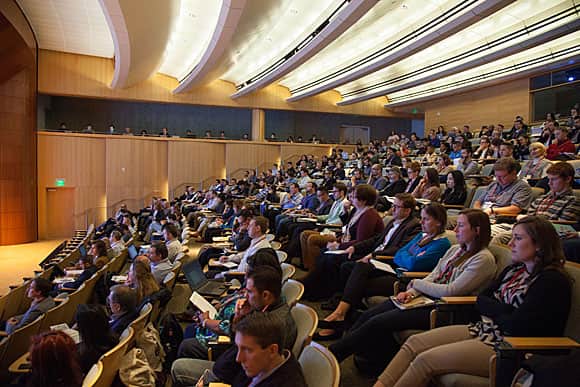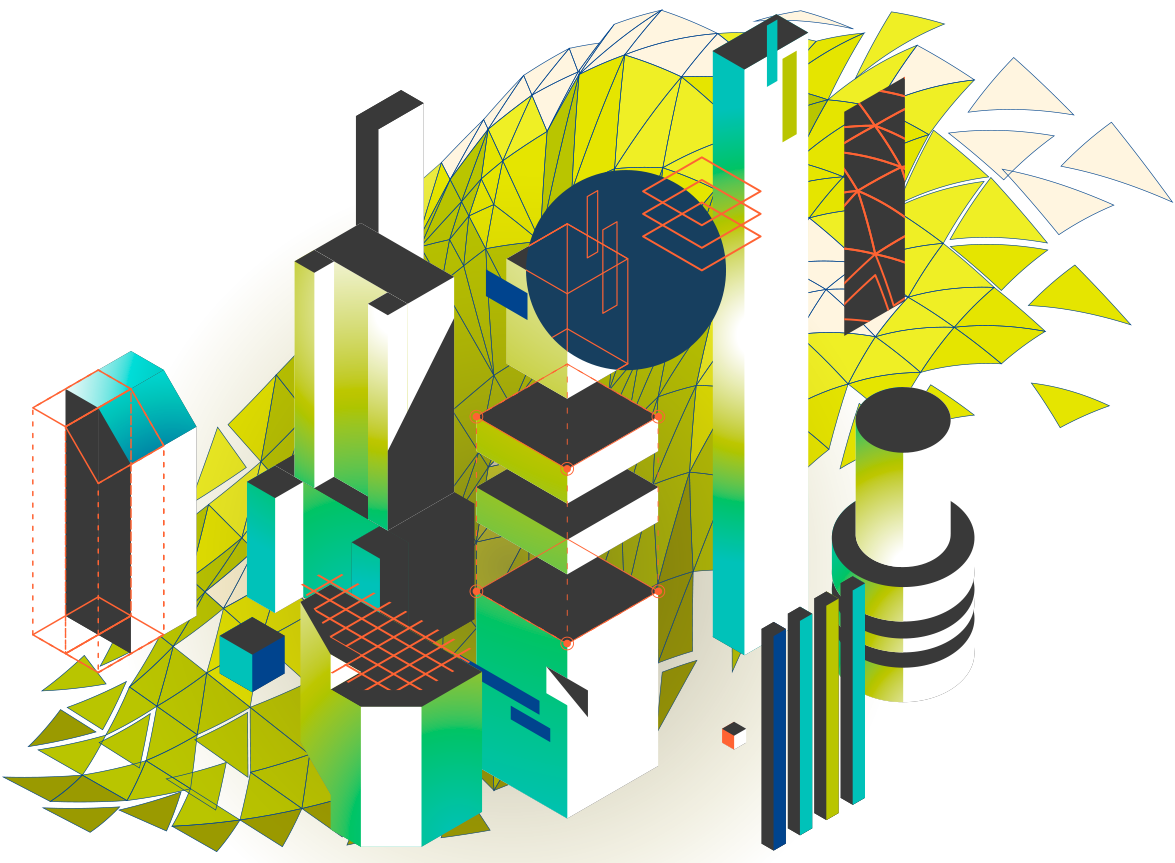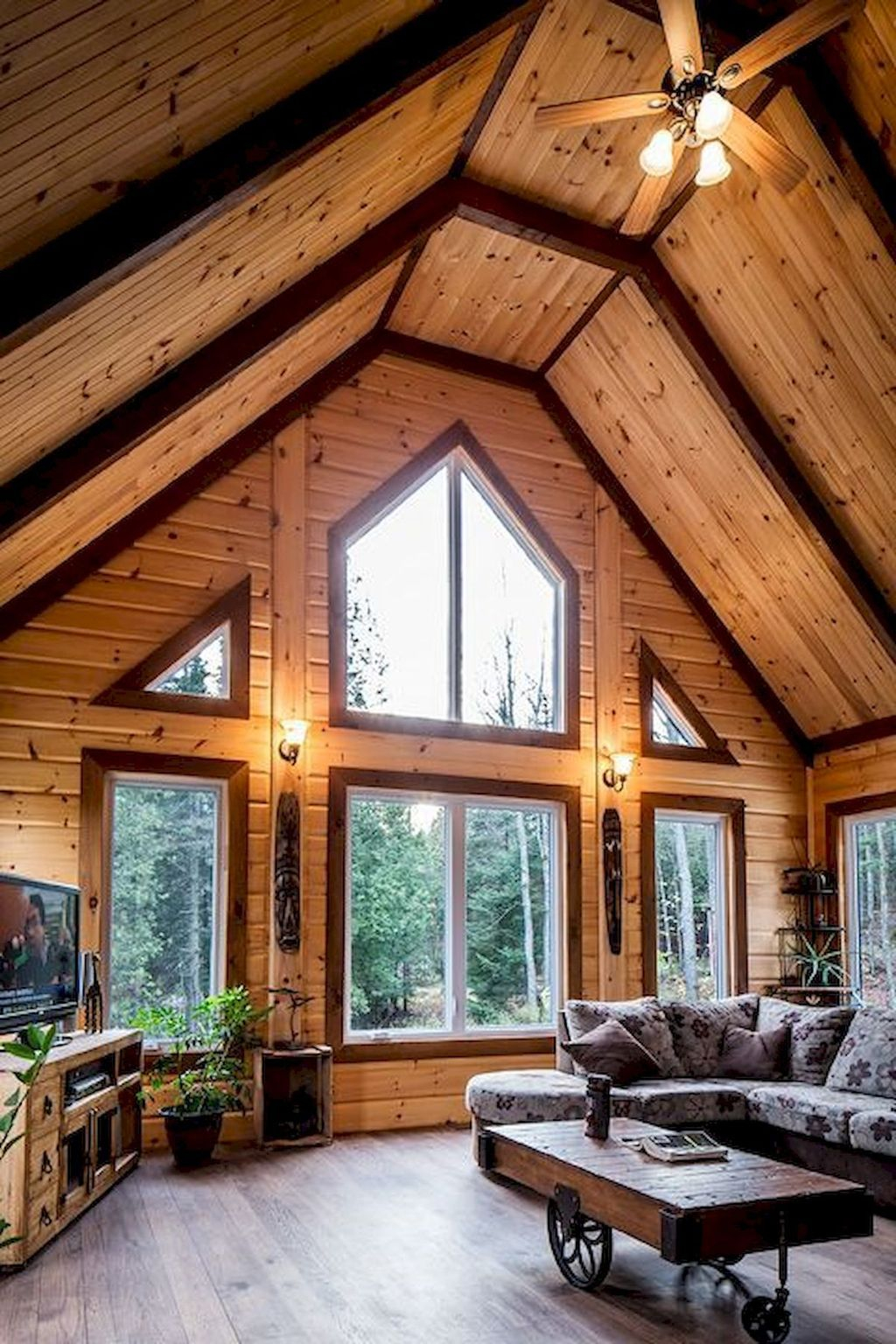Table Of Content

The Vulnerability Ribbon layer categorizes the shoreline by degree of vulnerability to the impacts of these hazards. The Jacobs team used GIS technology, including ArcGIS Pro and ArcGIS CityEngine (formerly Esri CityEngine) to model how the dunes in that area could be configured to protect the land from storm surges. Esri Story Map apps and ArcGIS Dashboards were used to communicate various design scenarios to the leadership team. Urban planner Eduardo Rendon and landscape architect William Chung from Jacobs, an international technical professional services firm, gave a presentation about the geodesign work they’ve done in support of a proposal to redesign a portion of Tyndall Air Force Base. The sustainable planning with geodesign that Dangermond envisions is under way on a project to help repair weather-related damage to Tyndall Air Force Base, in the Florida Panhandle. With an understanding of the nuances of data architecture, the power of machine learning, and experience working with geospatial big data, today I am a remote sensing scientist with The Aerospace Corporation, and I remain motivated to continue developing as a data scientist.
ARCHITECTURE SEQUENCE
The interdisciplinary specialization is for students who want a general degree that emphasizes the importance of sustainability for all of the built environment fields. Geospatial and geodesign jobs currently are available and growing in every industry and discipline in consulting firms, non-profit organizations, government agencies, and private-sector companies. The design process is what shapes our world by addressing the needs of people. Carla Wheeler is a former technology writer and editor at Esri and a former newspaper journalist.
B.S. Global Geodesign
Geodesign integrates technology and data science to make sustainable decisions for communities, corporations, and nonprofits. Coursework includes several hands-on experiences where students collaboratively build solutions and apply them in energy, natural systems, to improve livability, and business. The geodesign process, supported by GIS technology, includes measurement (capturing the data that you are trying to model); visualization and mapping; analysis, modeling, and planning to come up with what-if scenarios; decision-making; and, finally, action.
Geodesign: Integrating Geography and Design
In other words, GIS was initially designed to do geo-representation and geo-analysis, but not geo-design. The problem with this approach, which McHarg advocated prior to the development of GIS, was that it was difficult to manually determine which areas were actually good as opposed to those that were bad. As the number of map layers went up the clarity of the presumed results went down. In Global Geodesign degree awarded by the University of Southern California, you can.
Cape Cod, Massachusetts, USA
Geodesign provides a design framework and supporting technology for professionals to leverage geographic information, resulting in designs that more closely follow natural systems. Esri’s GeoPlanner for ArcGIS Online now supports the entire geodesign workflow, from project initiation, to data management, to condition assessment, to the creation of alternative designs, to their evaluation, and to the creation of final reports. GeoPlanner’s most valued feature, however, is that it supports collaboration and is extremly easy to use. The structured approach to data mapping that is employed by GIS solutions can now be applied to data in many different physical, economic and social arenas.

What is geodesign?
The final submission format is a planetarium that mediates your design research findings to a broad audience. This format learns, amongst other references, from Smout Allen’s model-devices and Formfafantasma’s Cambio exhibition and publication. “You can actually track the hurricane by the way the dunes [are situated] right now,” he said. Seeing how the dunes eroded and moved will help inform how negative impacts from such change can be mitigated and addressed to make the base more resilient in the future. The major electives provide students with opportunities to explore one or more facets of the built environment and a series of complementary analytical and visualization tools in more detail.
Geodesign makes design decisions with renewable energy and zero-carbon without disrupting the food and water supply. So when design can incorporate GIS, it can enrich architectural design that is diverse to withstand shifts in climate. But the key difference is its power in analysis, visualization, and data analytics. Because cultural and archaeological finds have been made in the area and greater storm surges are anticipated in the future, the area will be restored to its natural habitat, according to Chung and Rendon. Since graduation, I have continued to conduct research in the spatial sciences and currently work as a cartographer in Dresden, Germany. A typical project will go through many iterations of design and evaluation.

Designing with Science
Geodesign Tackles Big Problems, Brings GIS into the Design Fields Spring 2013 ArcNews - Esri
Geodesign Tackles Big Problems, Brings GIS into the Design Fields Spring 2013 ArcNews.
Posted: Fri, 01 Feb 2019 19:40:40 GMT [source]
The Geodesign program helped me realize my passion for spatial science and cartography, which led me to pursue an international Masters in Cartography from the Technical Universities of Munich, Vienna and Dresden. I am so grateful for my time as a Geodesign student and all of the personal connections and professional opportunities it gave to me. While at the Spatial Sciences Institute, I met an array of amazing people who not only became great friends but also an invaluable part of my professional network. This semester plan represents an example progression through the major. Actual courses and course order may be different depending on the student's academic record and scheduling availability of courses.
SSI students use GIS-based maps with interactive narratives to share their research
One of the keynote speakers at the 2020 Geodesign Summit, now in its 11th year, was Esri president Jack Dangermond, who has employed geodesign concepts since he started Esri as a land-use consulting firm in 1969. Esri eventually morphed into a GIS software company, but geodesign has always been foundational to his work. Dangermond was one of the driving forces behind creating the Geodesign Summit, which is dedicated to bringing professionals together to learn about geodesign, share their work, network with each other, and advance the practice.
The Geodesign curriculum along with a public health minor at USC gave me a unique framework to look at health disparities that manifested through place, a critical variable that has historically been overlooked in the analytical phases of public health research. I am particularly interested in mitigating health disparities through community-based work and policy. In this changing world, we must manage our actions in ways that maximize benefits to society while minimizing impacts on the environment. Geodesign gives us a framework for a comprehensive understanding of the impacts of our decisions on the planet—and for using this information to make the world a better place. It will help us make more logical, scientific, sustainable, and forward-looking decisions. Geodesign brings people together so that participants from different backgrounds and points of view can run what-if scenarios based on their assumptions and assess the consequences of those assumptions.
The New Geodesign Generation - Esri
The New Geodesign Generation.
Posted: Mon, 28 Jun 2021 07:42:02 GMT [source]
Act II is informed by contemporary scholarship on the Earth, such as the “terrestrial,” “planetary,” and “world,” and explores approaches to climate and technology in geo-philosophy, geo-humanities, geo-aesthetics, and geo-engine. In particular, it engages the work of Bruno Latour (Down to Earth), his exhibitions (Reset Modernity! and Critical Zones) and his engagement with the political arts (in performance, see Trilogie Terrestre; and in architectural speculative cartography, see Terraforma). Read about the international conference GEOBIM, that brings together experts and practitioners in geodesign, construction management, geospatial technologies and more. In a program uniquely offered by the USC Spatial Sciences Institute, Global Geodesign majors receive an unparalleled multi-cultural experience of learning and training with faculty, peers and industry leaders with expertise and backgrounds in geopolitically important areas of the world.
Approached as such, design acts as media between the geographic and technological, within what it means to represent and to live with the Earth in ethical deliberation and in aesthetic practice. Today I am the West Planning Leader for DLR Group, an integrated design firm delivering architecture, engineering, interiors, planning and building optimization for new construction, renovation and adaptive reuse. My planning approach combines data analysis with the lived experience of communities to arrive at more equitable, sustainable and resilient decisions. In this role, I can be a passionate advocate for centering equity and community health in planning processes. Today more than ever we need access to geology, biology, ecology, hydrology, meteorology, and other science data during the design process. Building on a strong foundation of geographic information systems (GIS) technology, geodesign extends our analytical capabilities to automate the calculation of hazards, risk, sensitivity, capacity, proximity, accessibility, vulnerability, and other factors to inform design decisions.
A suite of courses that further the development of practical, theoretical, and field knowledge and skills, including computer graphics, drawing, policy analysis, public finance, and statistics. Choose additional electives from the two lists equal to six courses (24 units) in all. At least two courses must come from Group A and two courses from Group B. Be able to place spatial and geographic knowledge into an ethical context, especially how spatial sciences and geodesign principles can contribute to the resolution of ethical, social, and environmental issues.
Geodesign builds greatly on a long history of work in geographic information science, computer-aided design, landscape architecture, and other environmental design fields. The industry sees the inclusion of geodesign functionality as a natural extension of the developing standards being seen in the GIS arena. Geodesign cannot function without the underlying support of GIS as it requires accurate and precise base maps to work with but the industry is expected to see more planners rather than GIS professionals using the available tools.
They’re trying to do this in a sustainable way that considers factors such as climate change, population growth, urbanization, and threats to biodiversity. Global Geodesign students are candidates for graduate studies in environmental sciences, geodesign, geographic information science, landscape architecture, spatial planning, sustainability management and other related disciplines. Graduates will have opportunities for work in various industries, including public, private, and NGOs promoting the principles of sustainability. Additionally, students will be prepared to enter graduate school in architecture, building construction, historic preservation, interior design, landscape architecture and urban and regional planning. It is also seen as a way of presenting design based solutions to development issues in a way that permits marginalised groups of people. It is thought that geodesign technologies will encourage participation in the design process and will create greater understanding of the complex issues being designed out for those populations affected by the final outcome.

No comments:
Post a Comment